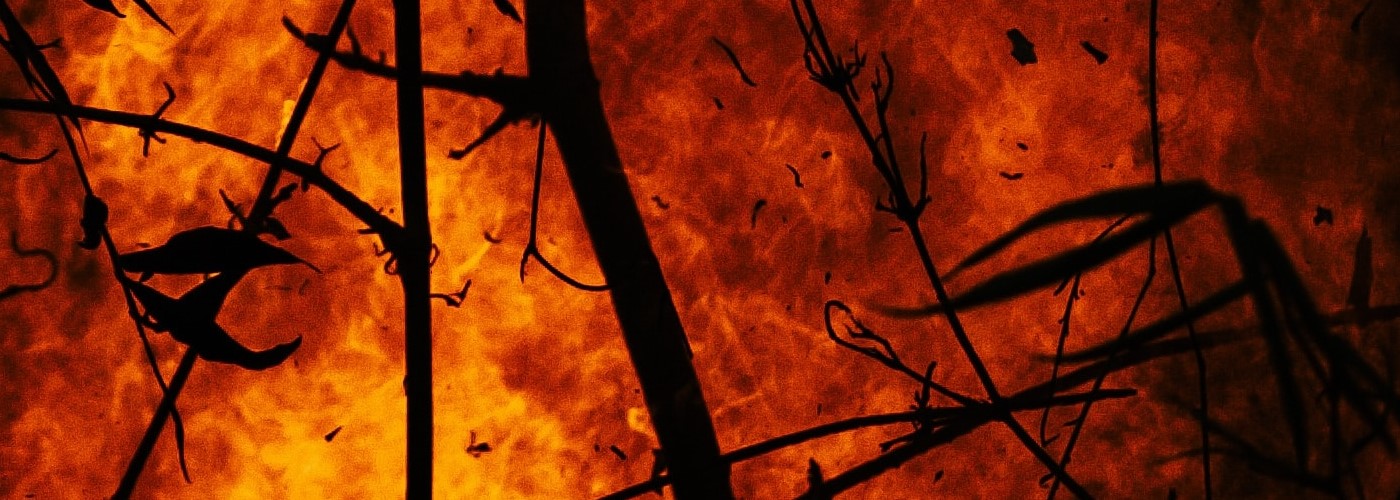

In 2020, widespread wildfires occurred across New South Wales in Australia that burnt over 10 million hectares of forests. This also devastated more than 20% of Australia's entire forest and killed and displaced around 3 billion animals including mammals, birds, reptiles, and frogs. As many as 60,000 of the 333,000 koalas died in the fires as well. As a result of the disaster, experts say that more than 500 species of plants and animals are now endangered or even completely gone. Kingsley Dixon, an ecologist at Curtin University in Perth told the Associated Press last year: “I don’t think we’ve seen a single event in Australia that has destroyed so much habitat and pushed so many creatures to the very brink of extinction.”
Many vertebrae species' numbers were already going downhill before the wildfires even occurred. An example is the marsupial named greater gliders. They had already experienced a 50% decline before the wildfires and now they may be recategorized from vulnerable to endangered. 49% of vertebrates that were not endangered now qualify for being listed as threatened under Australia guidelines. Another 21% of already threatened vertebrates had more than 30% of their homes burned and now may qualify for being reassessed to a high category. This includes the koala who where under the category "vulnerable" but now could be "endangered"
In February, more than 100 biologists assessed whether 234 Australian invertebrates needed to be added to the International Union for the Conversation of Natures Red List. “Many of those have much smaller ranges [than vertebrates], which means they are going to be even more impacted when a big fire goes through,” says James Watson, a conservation scientist at the University of Queensland in Brisbane and an author of the Nature Ecology and Evolution paper on vertebrates. “I am willing to bet that there’s many species that may disappear forever. Their surveys showed that 29 species in the state including dung beetles, freshwater crayfish, flies, snails, and spiders had their entire ranges burned. Another 46 species had at least half their known habitat within the fire zones. These 75 species were among the 234 under consideration for adding to the IUCN Red List during the biologists’ first online workshop," the article mentions.